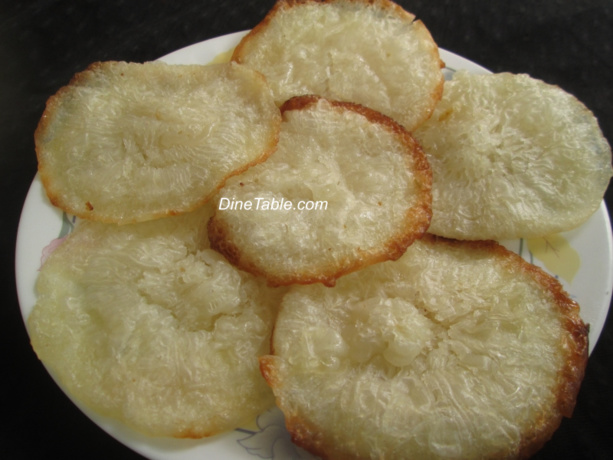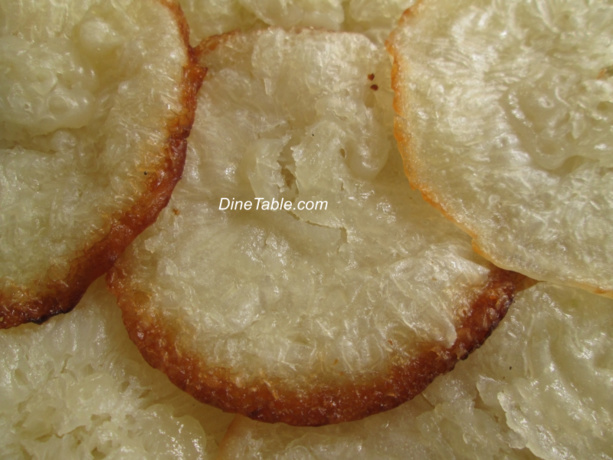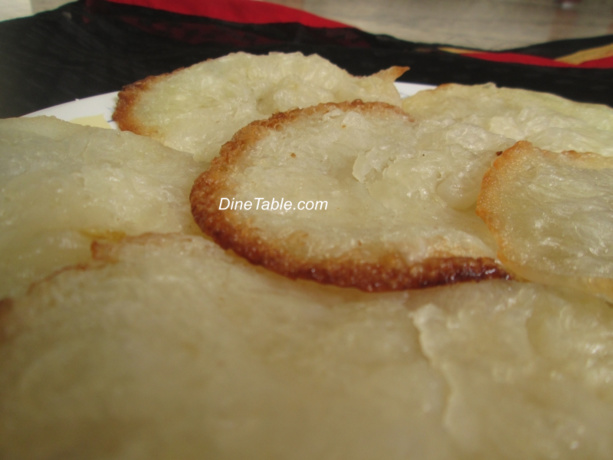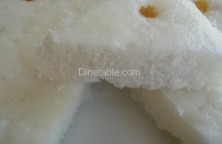Kunjikalathappam recipe | Christmas special appam| കുഞ്ഞികലത്തപ്പം recipe
2014-11-08- Cuisine: Indian, Kerala, South Indian, കേരളം
- Course: Breakfast, Kerala Snacks, Snacks, നാലുമണി പലഹാരം
- Skill Level: Moderate
-

 Add to favorites
Add to favorites
- Yield: 5
- Servings: 2
- Prep Time: 1:10 h
- Cook Time: 10m
- Ready In: 1:20 h
Average Member Rating
(2.4 / 5)
5 People rated this recipe
Related Recipes:
Kunjikalathappam recipe | Christmas special appam| കുഞ്ഞികലത്തപ്പം recipe
Kalathappam is a traditional breakfast item, teatime snack or nalumani palaharam in Kerala, India and is prepared by using rice flour, jaggery etc.
But the Kunjikalathappam (കുഞ്ഞികലത്തപ്പം) is a variety appam and not same as kalathappam. It is made of ponni rice, sugar and coconut milk. In Malayalam language ‘Kalam’ means cooking pot and ‘appam’ means a kind of pancake prepared by using rice flour. Kujikalathappam is a yummy deep fried snack and very popular in Northern part of Kerala.
It can also be served in birthday party, wedding party, and the festivals like Christmas, Eid etc.
Try this special appam for the coming Christmas & enjoy!

Kalathappam recipe | Kunjikalathappam | Christmas special appam| കുഞ്ഞികലത്തപ്പം recipe
Ingredients
- Ponni rice - 1 cup
- Sugar - 2 cup
- Thick coconut milk - 1 cup
- Fennel Seeds - 1 tsp
- Cashew nuts - 10 ( broken )
- Salt - a pinch
- Coconut oil - As required for deep frying
- Sa jeerakam ( caraway seeds ) - 1 tsp
Method
Step 1
Wash and soak the rice in water for one hour.
Step 2
To make thick coconut sprinkle, add 1 cup of boiling water over 1½ cup of grated coconut. Squeeze out the thick coconut milk from it and keep aside.
Step 3
Add half of the coconut milk to the rice, and grind it with sugar.
Step 4
Add the remaining coconut milk little by little while grinding to attain the required consistency. The batter should be smooth without any grainy effect and the consistency of the batter should be in between idly and dosa batter.
Step 5
Once the batter is ready, add the fennel seeds, sa jeerakam, broken nuts, salt and mix well.
Step 6
Heat oil in a wok or cheenachatti.
Step 7
Pour a ladle full of batter into the hot oil.
Step 8
Do not turn the appam upside down to cook. To cook the top part, use the spoon. Pour the hot oil from the kadai or wok on the top of the appam until it is cooked. The appam should be white in colour with a light brown bottom.
Step 9
Tasty Kunjikalathappam is ready.



























